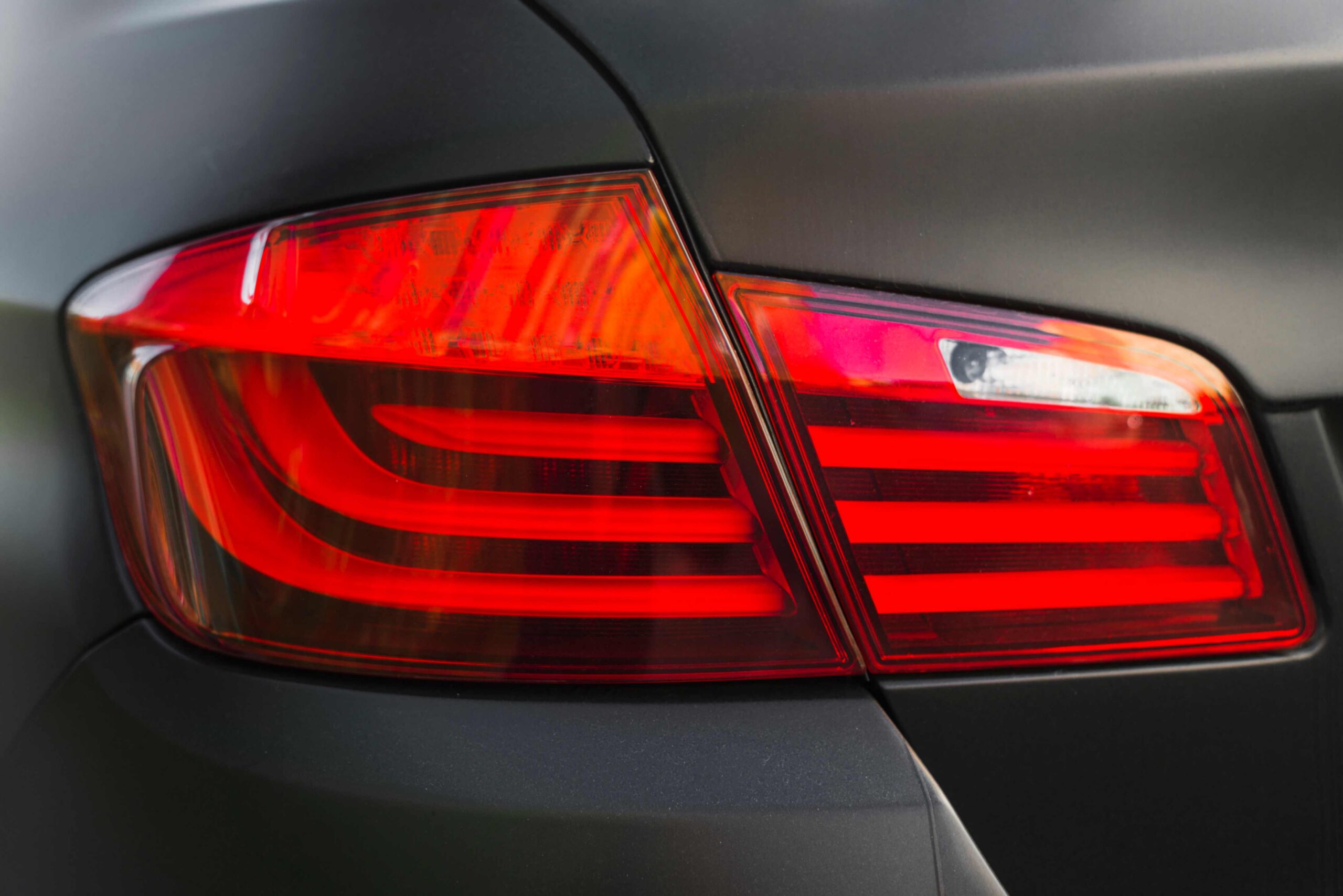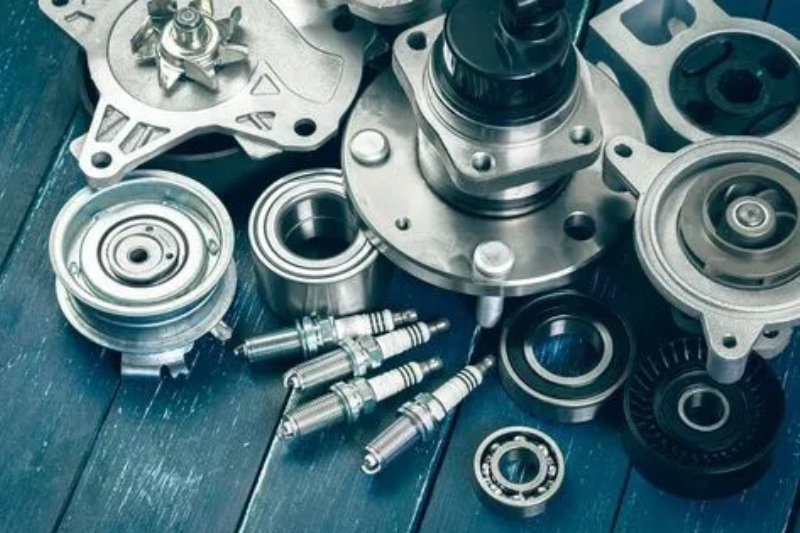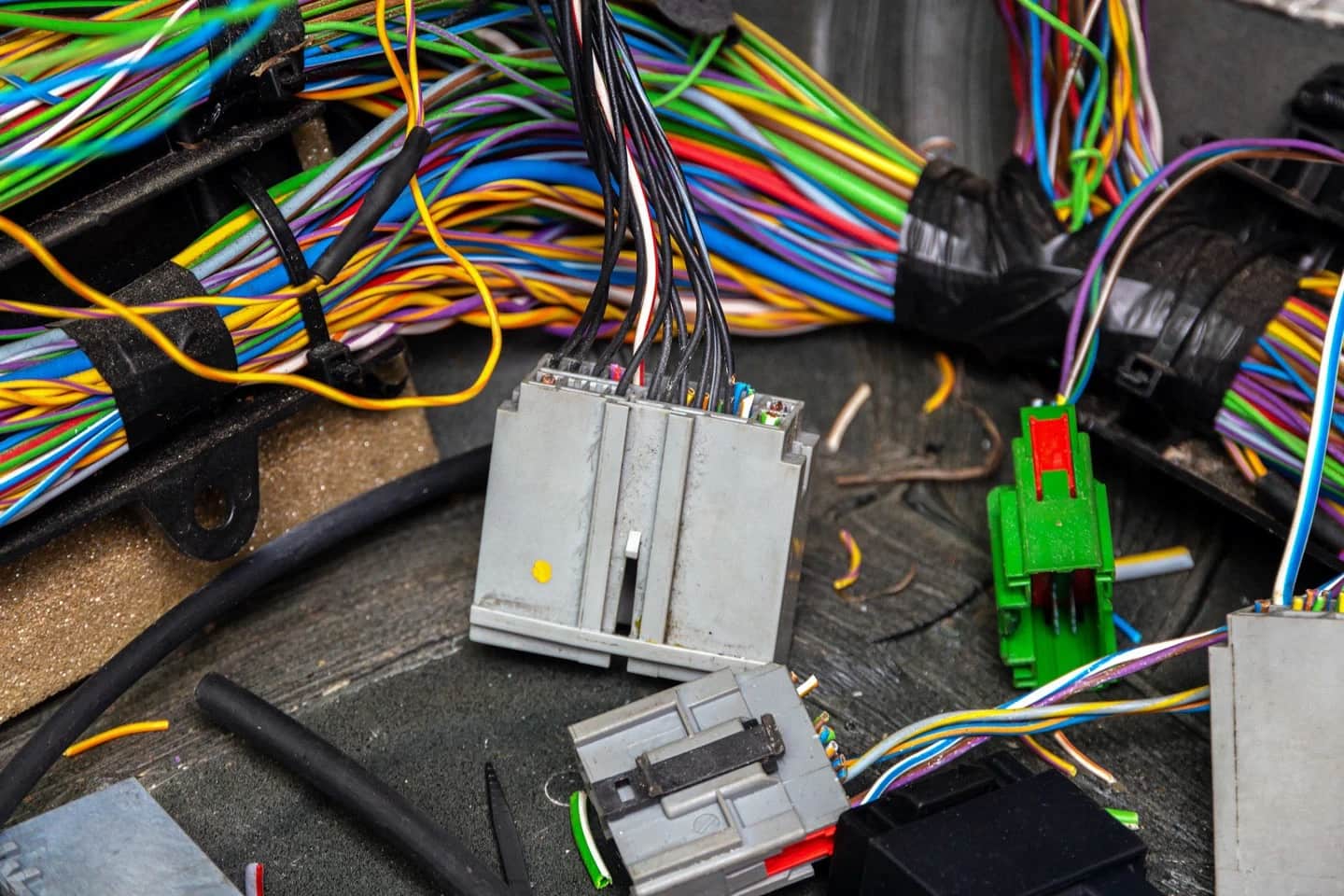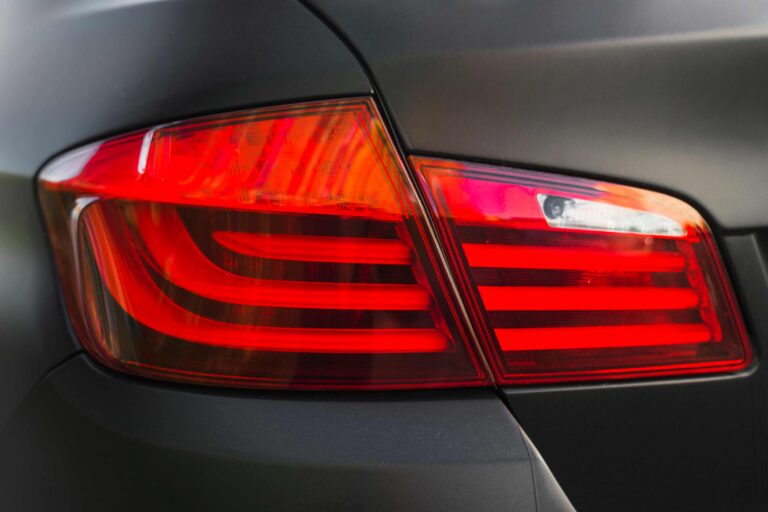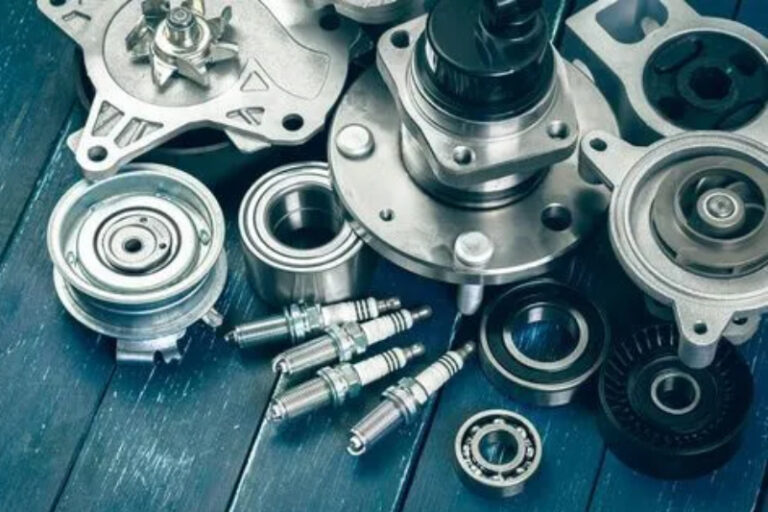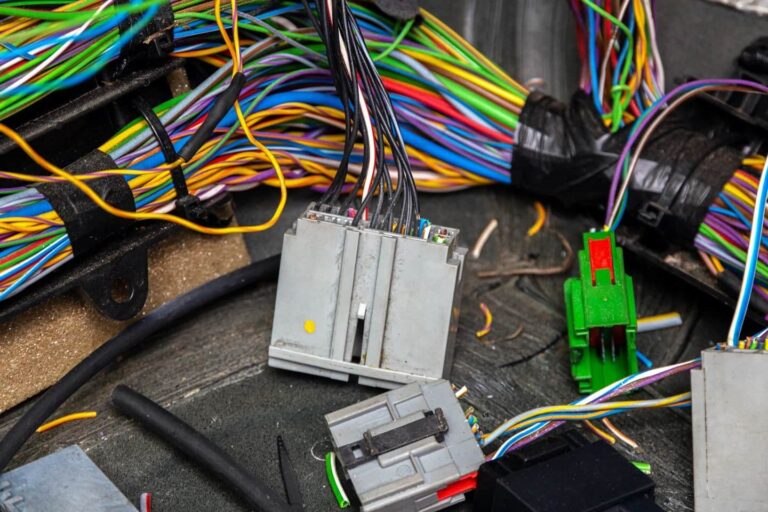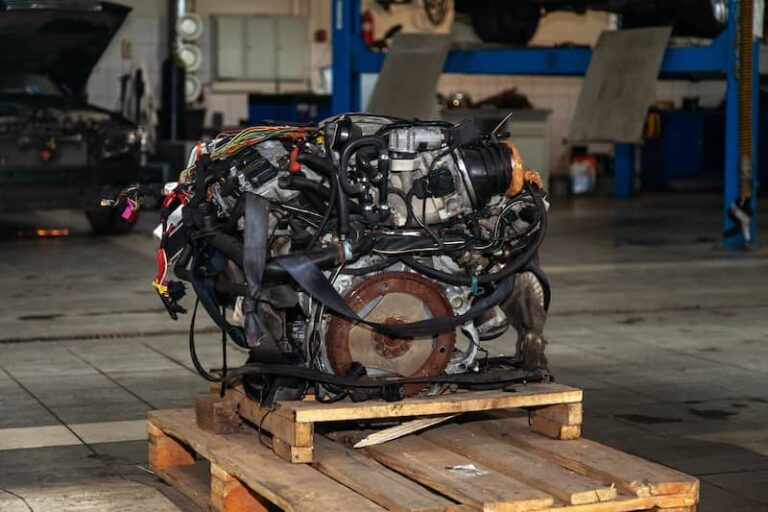When it comes to a car’s performance, safety, and comfort, shock absorbers play one of the most crucial yet often overlooked roles. While not immediately visible, these components are vital for ensuring stability, handling, and smooth rides. Most drivers pay little attention to their shock absorbers until the ride becomes bumpy or the vehicle feels unstable on turns or during braking.
In this guide, we’ll take an in-depth look at shock absorbers – their functions, how they work, different types, and why maintaining them properly is key to a safer and more enjoyable driving experience.
Functions of Shock Absorbers
Shock absorbers are an integral part of the vehicle’s suspension system, working alongside the tyres, springs, and chassis to maintain stability and control. Their main purpose is to absorb and dampen the impact of road irregularities – such as bumps, potholes, and rocks – so that passengers can enjoy a smoother ride.
However, their job doesn’t end there. Here are the key functions of car shock absorbers:
- Improving Ride Comfort: By absorbing shocks and vibrations, they prevent the vehicle cabin from bouncing excessively when driving over rough or uneven surfaces.
- Enhancing Stability: They ensure the tyres stay in constant contact with the road, preventing skidding or loss of traction.
- Better Steering and Handling: Shock absorbers control the movement of the suspension, improving cornering performance and steering precision.
- Reducing Wear on Other Components: By minimizing vibrations, they reduce stress on other vehicle parts like the tyres, suspension arms, and chassis.
- Improving Braking Efficiency: A worn shock absorber increases braking distance because the tyres lose grip. Proper shocks help distribute weight evenly during braking.
In short, shock absorbers are vital for safety, comfort, and longevity. Without them, the suspension system would be ineffective, making every road trip a rough experience.
How Do Shock Absorbers Work?
A shock absorber works by converting kinetic energy (motion) into heat energy, which is then dissipated into the air. This process controls the motion of the suspension and prevents the car from bouncing after hitting a bump.
When you drive over a bump, the vehicle’s wheels move up and down. The shock absorber’s piston moves inside a hydraulic fluid-filled cylinder, forcing the fluid through small holes or valves. This movement resists the suspension’s motion, slowing it down and stabilizing the car.
Shock absorbers operate in two key phases:
- Compression Stroke:
When the wheel moves upward (like hitting a bump), the shock absorber shortens, and the fluid is forced through the piston valves. This slows the upward motion, reducing the impact transferred to the car body. - Extension (Rebound) Stroke:
When the wheel moves back down, the shock absorber extends, again forcing fluid through valves but in the opposite direction. This controls the downward motion and prevents the car from bouncing uncontrollably.
Modern shock absorbers adjust automatically to different road conditions. The faster the suspension moves, the more resistance the shock absorber provides, ensuring stability on rough roads and comfort on smooth ones.
Types of Car Shock Absorbers / Suspension Systems
There are various types of shock absorbers and suspension systems used in cars, each with unique designs and performance characteristics. Let’s explore the most common ones.
1. MacPherson Struts
Invented by Earle S. MacPherson in 1945, the MacPherson strut is still one of the most widely used suspension systems today. It combines a shock absorber and a coil spring into one compact unit, making it affordable and space-efficient.
It’s commonly found in front-wheel-drive cars due to its simple construction and reliability. Though cost-effective, it may not offer the same level of performance and adjustability as more advanced systems.
2. Trailing Control Arm
The trailing control arm connects the axle to the vehicle’s frame and helps manage the forward and backward motion of the wheels. It prevents excessive side-to-side or front-to-back movement, maintaining stability during acceleration and braking.
This system is often used in vehicles with solid rear axles to improve comfort and handling, particularly in off-road or heavy-duty applications.
3. Panhard Rod
The Panhard rod, developed by the French company Panhard in the early 1920s, prevents lateral (side-to-side) motion of the axle. It’s a simple yet effective suspension component used mainly in rear-wheel-drive vehicles and off-road trucks.
By keeping the axle centered under the vehicle, the Panhard rod enhances stability during sharp turns and uneven terrain driving.
4. Leaf Springs
Leaf springs are one of the oldest suspension systems, used in many older trucks, buses, and even some modern pickup trucks. They consist of several layers (leaves) of steel bound together to flex and absorb shocks.
Although not as comfortable or advanced as modern systems, leaf springs are durable, inexpensive, and capable of handling heavy loads, making them ideal for commercial vehicles.
5. Double Wishbone Suspension
The double wishbone suspension, also known as the A-arm suspension, uses two control arms shaped like a wishbone (the letter A). This setup offers superior handling, stability, and comfort.
It allows for better camber control, keeping the tyres flat on the road during cornering. High-performance cars and luxury vehicles often use this system due to its precision and smoothness.
When Should You Replace Shock Absorbers?
Like any other car component, shock absorbers wear out over time. Typically, they last 50,000 to 100,000 miles, depending on driving conditions and maintenance habits.
Here are signs that your shocks may need replacement:
- The car bounces excessively after hitting a bump.
- Nose-diving during braking or swaying during turns.
- Uneven or rapid tyre wear.
- Fluid leaks near the shock absorber area.
- The car feels unstable or drifts at high speeds.
Ignoring worn shock absorbers can lead to poor handling, increased stopping distances, and reduced comfort. Replacing them on time restores ride quality and improves safety.
Benefits of Well-Maintained Shock Absorbers
- Enhanced ride comfort and stability
- Better traction and braking performance
- Longer tyre lifespan
- Improved control during cornering or emergency maneuvers
- Reduced stress on the suspension system and chassis
Final Thoughts
Shock absorbers are much more than comfort enhancers – they are essential for vehicle safety, control, and performance. By maintaining proper shock absorbers, you ensure better ride comfort, stable handling, and longer-lasting vehicle components.
If your car feels unstable or bouncy, don’t delay – have your shock absorbers inspected and replaced by a certified mechanic. A small maintenance step today can save you from bigger problems tomorrow.
Frequently Asked Questions (FAQs)
Shock absorbers typically last between 50,000 and 100,000 miles, but rough roads, heavy loads, or aggressive driving can shorten their lifespan.
Yes, but it’s unsafe. Worn shocks reduce traction, increase braking distance, and cause poor handling, especially in wet or slippery conditions.
Look for excessive bouncing, fluid leaks, uneven tyre wear, or a rough ride. You can also perform a simple bounce test – if the car bounces more than twice after pressing the hood, the shocks may be worn out.
No. Different vehicles use various suspension systems, including MacPherson struts, double wishbones, or leaf springs, depending on design and performance needs.
Ignoring worn shocks can lead to loss of control, tyre damage, and longer braking distances. It can also cause excessive wear on other suspension components.


